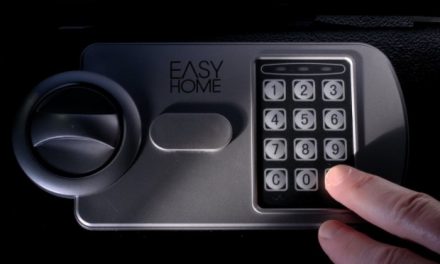It doesn’t matter what kind of product you are selling, the only way you are going to drive sales is by having some knowledge of the product in question. Today’s customers are unlikely to buy anything on a whim, so you have to expect a few questions before they decide on making a purchase. Preparation is key, so use the example questions below to help you formulate your answers.
Question #1: What makes your product stand out from others on the market?
To stay ahead of the competition, you need to have a USP (unique selling proposition) that sets your product apart from what your rivals are selling. This is especially true when you aren’t established as a brand yet, as your bigger rivals may win customers through name alone. So what does it do? Are there any unique features? Why is it better than any similar products on the market? Give your customers an incentive to choose what you are selling in favour of the competition.
Question #2: How long will it last?
In short, is your product durable? You don’t need to educate your customers on every technical in and out of the product. They don’t need to know about every step on the production line, or whether you have used injection moulding when manufacturing your product. But you do need to let your customers know what materials you have used. You do need to let them know the products expected life-span. You do need to offer them a warranty, and replacement offer should anything go wrong. Above all, you do need to give the customer peace of mind that they aren’t wasting their money on something that won’t last a month.
Question #3: Is it easy to use?
Your product needs to be idiot-proof, simple to understand and easy to operate. The more complicated it is, the less likely your customers are to buy it, partly due to issues around their own aptitude in trying to get to grips with it. If you have to provide a manual, ensure it’s easy to follow, with plenty of diagrams and no industry jargon. You should also offer a tutorial, be that face-to-face or through a YouTube video, demonstrating how your product works, with step-by-step instructions on use.
Question #4: Do I need it?
Does your product fulfil a specific need in somebody’s life? Now, it may offer no great and wondrous purpose at all, and your customers may not need it in their lives. Thousands of entrepreneurs have sold products through clever marketing – Steve Jobs and his legion of Apple products for one – convincing customers they need to have to the product in question, even when they don’t. You could do the same, perfecting your sales pitch to persuade your customers of the necessity to own it, but your better bet is to actually design something that is genuinely useful, and that will make a difference to your customer’s lives. Unlike the iPhone 2, 3, 4, 5… ad infinitum!
Finally…
While we have given you some example questions, you can never completely predict what else your customer might ask you. However, try and cover as many bases as possible. The better answers you can give, the more likely the customer is to buy from you, provided they like what you are saying.
+++ Collaborative Post +++

























